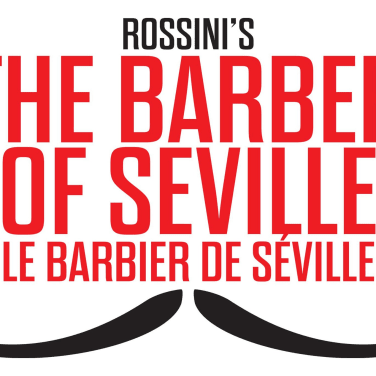
About
Frequently Asked Questions
- Is Barber of Seville a prequel to Marriage of Figaro?
- Yes, "The Barber of Seville" is considered a prequel to "The Marriage of Figaro." Both operas are based on plays by French playwright Pierre Beaumarchais, featuring the clever barber Figaro as a central character. "The Barber of Seville," composed by Gioachino Rossini, tells the story of how Figaro helps Count Almaviva win the love of Rosina, setting the stage for the events that unfold in Wolfgang Amadeus Mozart's "The Marriage of Figaro." In "The Marriage of Figaro," set several years later, Figaro is now the Count's servant, and the story revolves around Figaro’s marriage to Susanna and the comedic intrigues at the Count’s estate. Watching both operas offers a deeper appreciation for their interconnected storylines and the evolution of beloved characters, making "The Barber of Seville" an essential precursor to the adventures in "The Marriage of Figaro."
- Where can I watch Barber of Seville?
- You can watch "The Barber of Seville" at major opera houses, performing arts theaters, and through various streaming platforms. Renowned venues like The Metropolitan Opera in New York, Royal Opera House in London, and San Francisco Opera regularly stage this beloved opera. Tickets can be purchased via official box offices or trusted ticketing platforms like Gigfomo, where you can find upcoming dates and seat availability. Additionally, many productions are available online, either through live streams or on-demand services such as Met Opera on Demand, OperaVision, and occasionally on YouTube or PBS Great Performances. Some theaters also offer cinematic broadcasts, allowing you to experience the opera on the big screen in select cinemas worldwide. Be sure to check local listings and Gigfomo for the latest showtimes and ticket deals for "The Barber of Seville."
- Is Sweeney Todd based off The Barber of Seville?
- "Sweeney Todd" is not based on "The Barber of Seville," although both feature a barber as a central character. "Sweeney Todd: The Demon Barber of Fleet Street," created by Stephen Sondheim, is a dark, Gothic musical thriller set in Victorian London, based on the British penny dreadful story about a murderous barber seeking revenge. In contrast, "The Barber of Seville" is a comedic Italian opera composed by Gioachino Rossini, centered on the clever and resourceful Figaro, who uses his wit to help Count Almaviva win the heart of Rosina. While both works feature barbers and elements of disguise, trickery, and humor, they are entirely unrelated in tone, plot, and origin. "Sweeney Todd" is a tale of vengeance and horror, while "The Barber of Seville" is celebrated for its lively, humorous, and romantic antics.
- Is The Barber of Seville a funny opera?
- Yes, "The Barber of Seville" is widely regarded as one of the funniest operas ever written. Composed by Gioachino Rossini, the opera is a classic example of opera buffa, or comic opera, filled with witty dialogue, clever disguises, and hilarious misunderstandings. The character of Figaro, the ingenious barber, orchestrates a series of comedic schemes to help Count Almaviva win the heart of Rosina, often at the expense of the pompous Dr. Bartolo. The opera is known for its lively music, fast-paced ensembles, and famous arias like "Largo al factotum," which add to the comedic atmosphere. Audiences and critics alike praise "The Barber of Seville" for its slapstick humor, playful characters, and timeless wit. Its enduring popularity stems from its ability to entertain and amuse, making it a perfect introduction to opera for newcomers and a favorite among seasoned fans.
- Why is it called The Barber of Seville?
- It is called "The Barber of Seville" because the story centers on Figaro, a witty and resourceful barber living in the Spanish city of Seville. Figaro’s profession as a barber makes him the go-to man for all sorts of local gossip, schemes, and social connections, which play a crucial role in the plot. In the opera, Figaro uses his skills and cunning to assist Count Almaviva in winning the love of Rosina, orchestrating disguises and clever plans to outwit the controlling Dr. Bartolo. The setting in Seville gives the opera its vibrant atmosphere, while Figaro’s role as the clever barber drives the comedic and romantic action. The title highlights both the main character and the location, reflecting the opera’s roots in Beaumarchais’ original play and its lively, Spanish-inspired setting. As such, "The Barber of Seville" aptly captures the essence of this beloved operatic masterpiece.